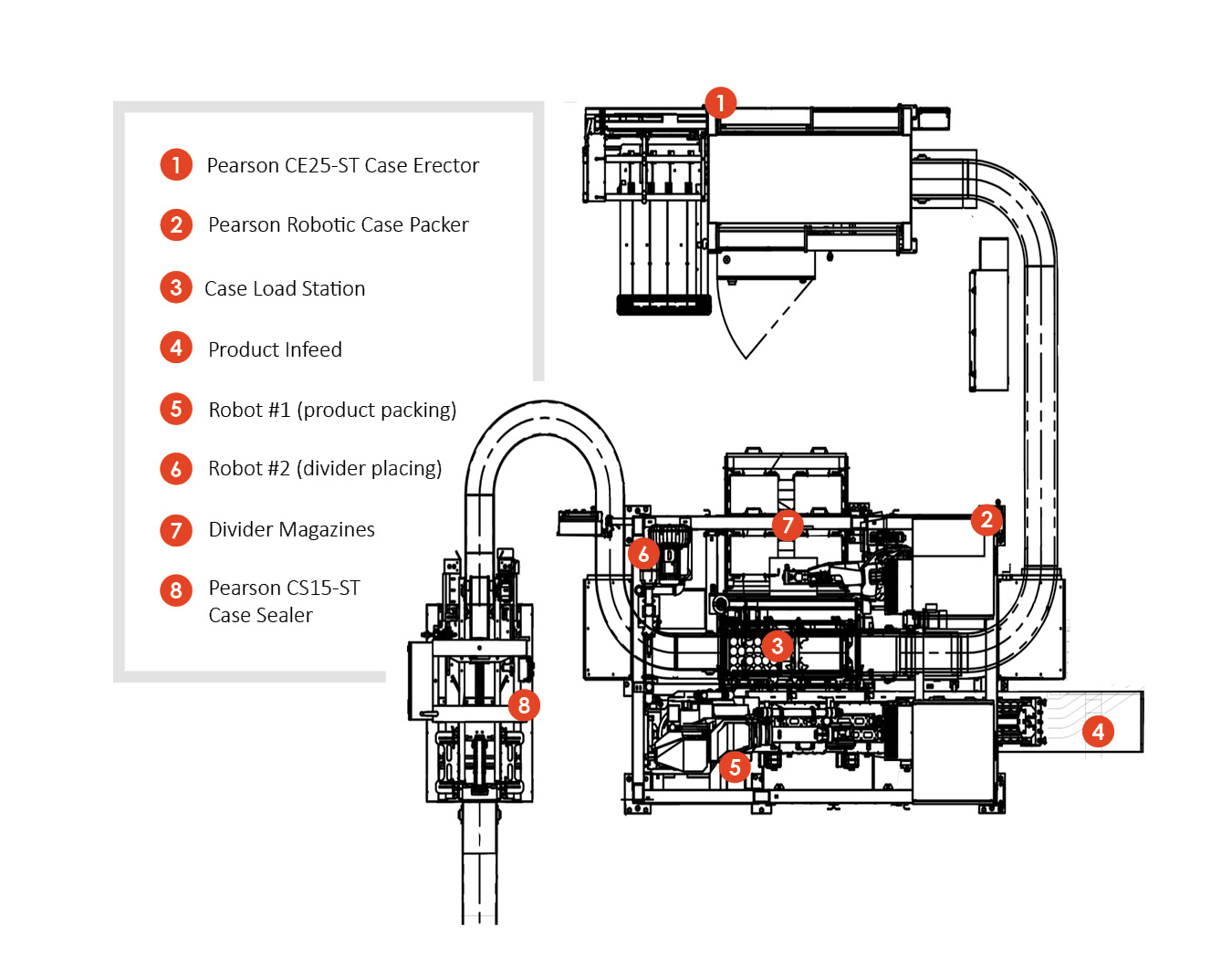This juice cup manufacturer’s aging erect, pack and seal equipment was constantly going down and requiring frequent manual intervention to correct issues. Needing to increase throughput in the midst of growing labor shortages, it was time to invest in new automated machinery.
The equipment would need to be highly reliable and designed to handle the cups without damaging their foil lids. To justify the total cost of ownership, reducing the time investment of operators and maintenance technicians would be crucial and line downtime would need to be minimal.



